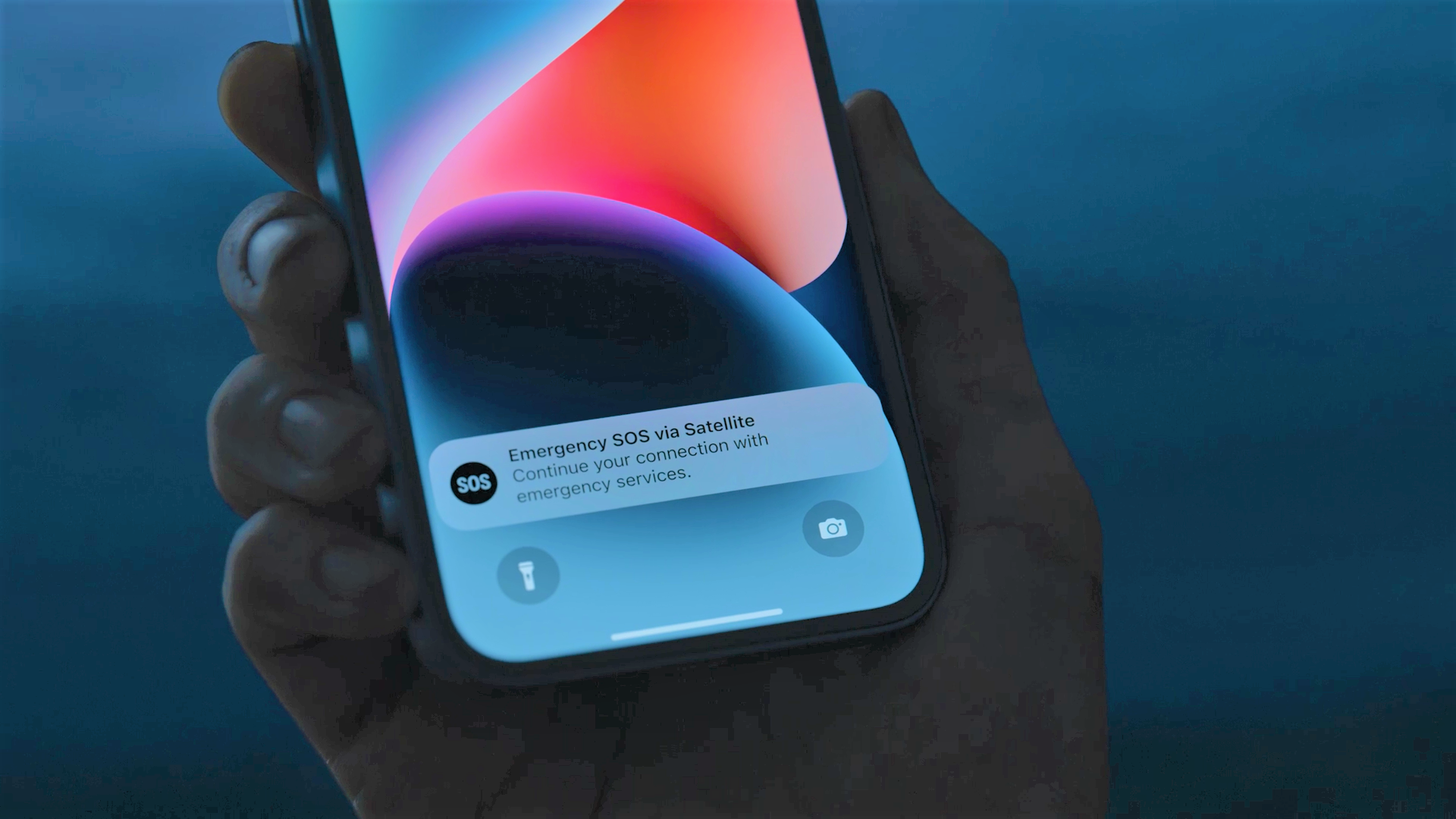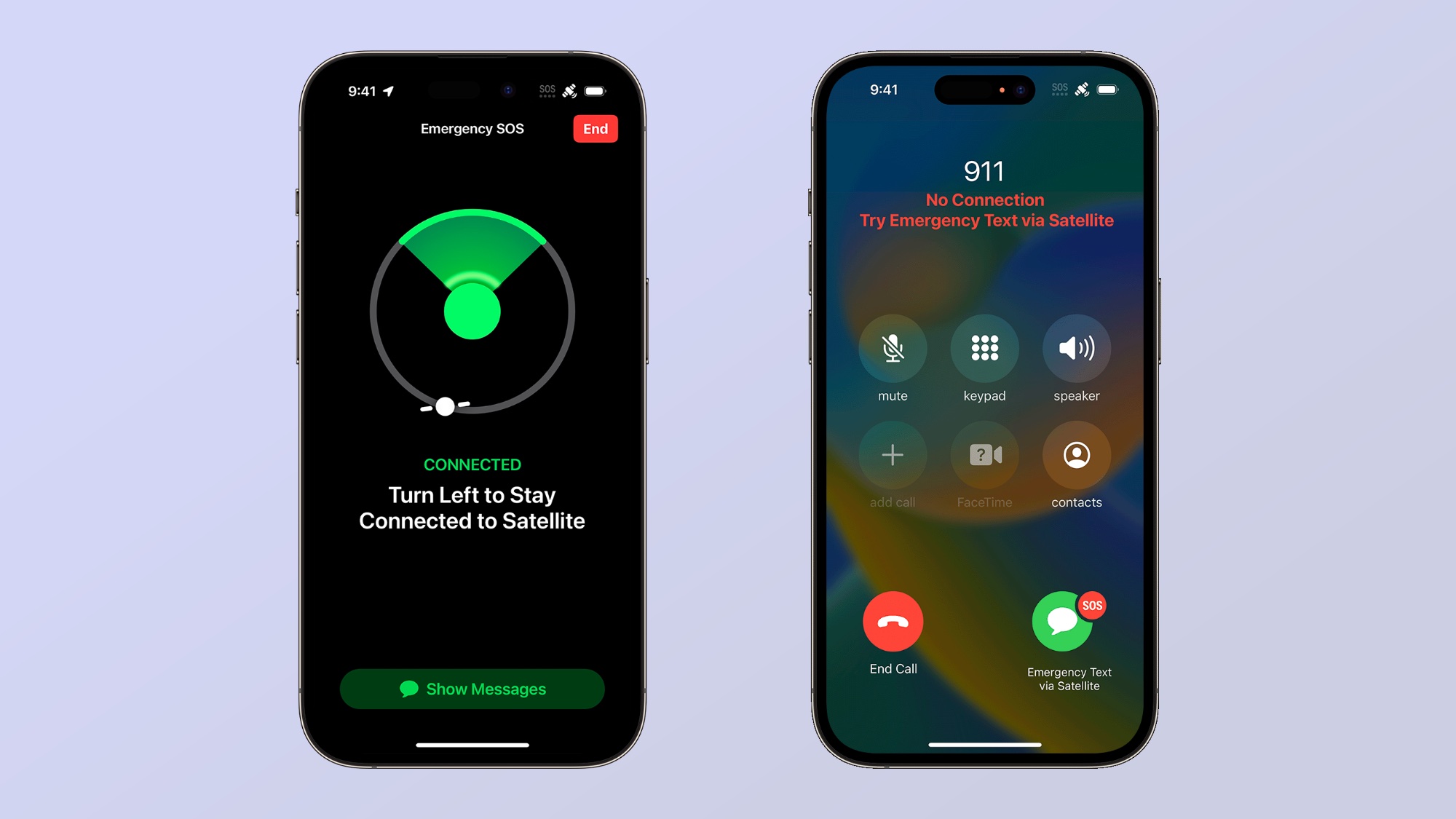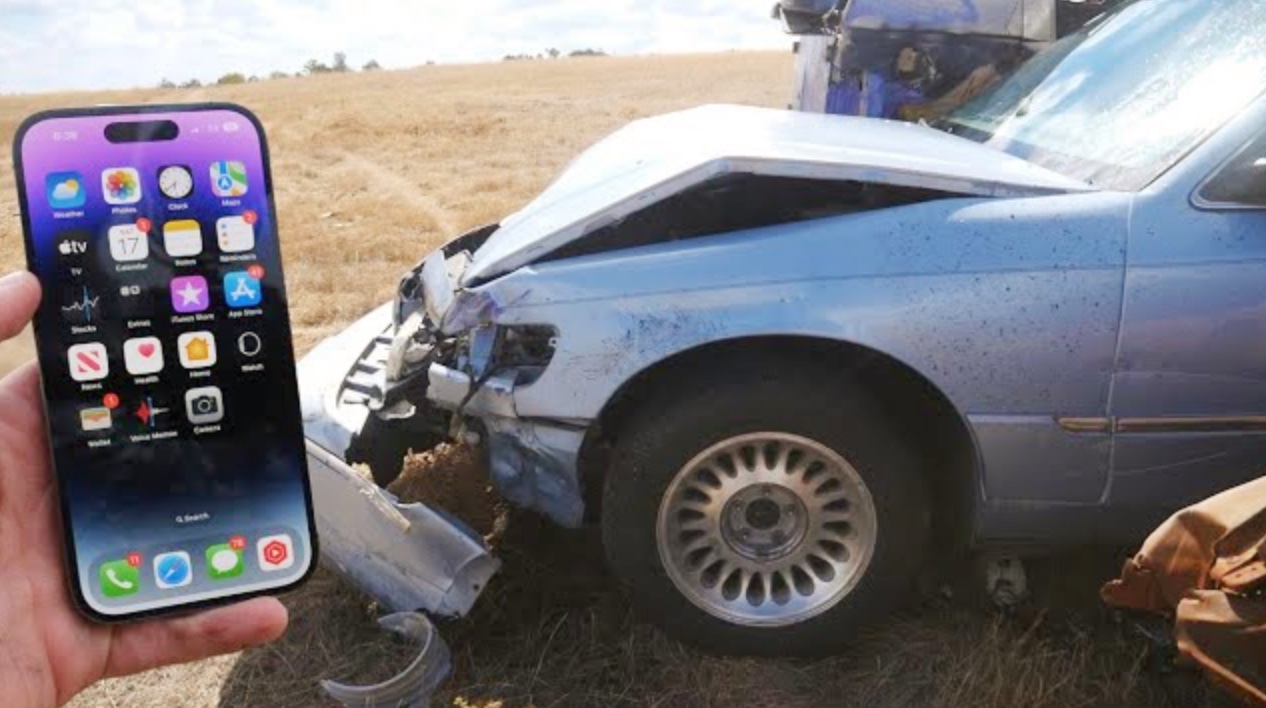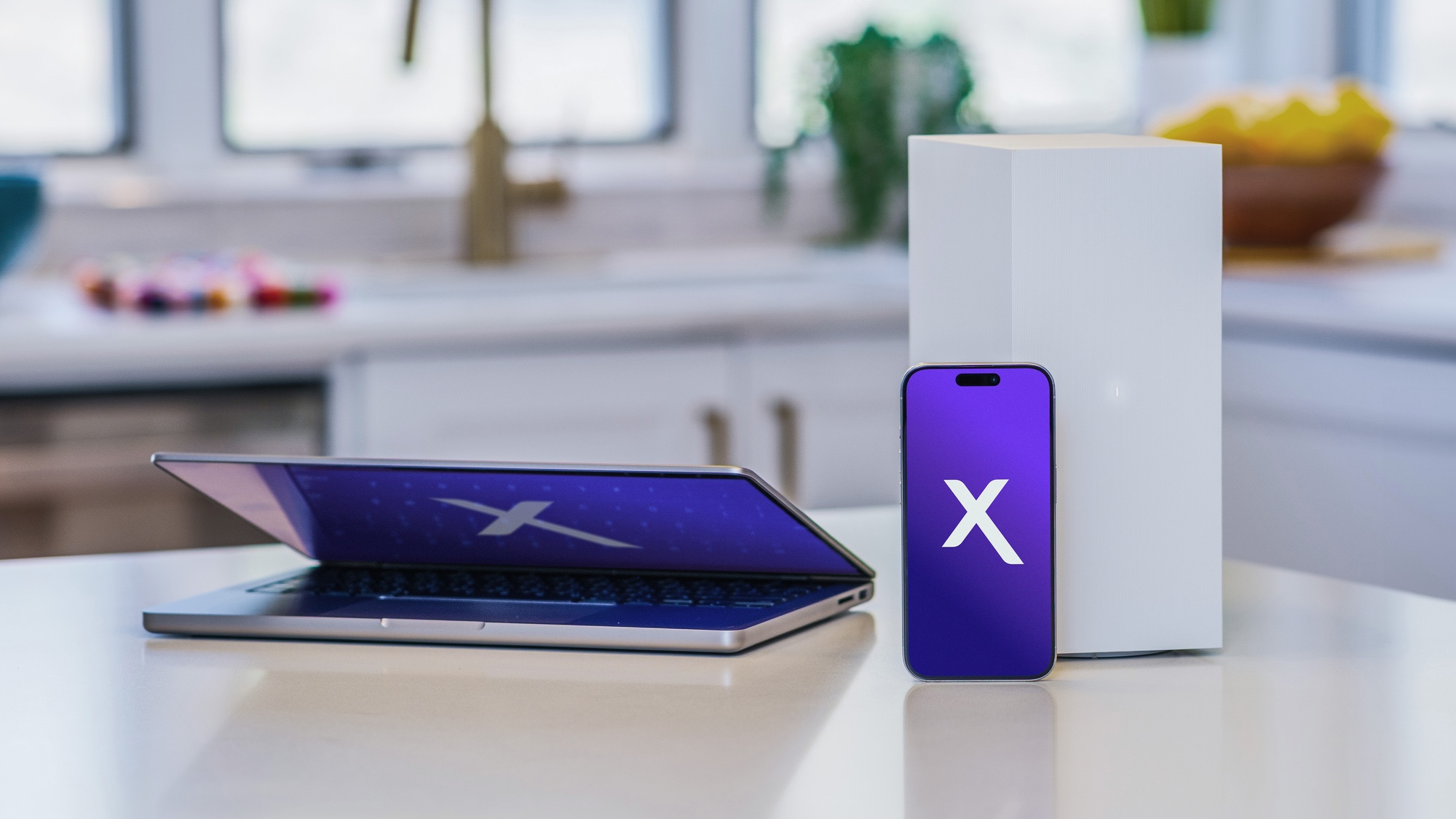iPhone 14 getting a demo mode for the Emergency SOS via Satellite feature
Plus, Crash Detection is not always working as advertised

An iPhone 14 showing an alert for the Emergency SOS via Satellite feature.
(Image credit: Apple via YouTube)Update: Emergency SOS via satellite coming to iPhone 14 this month — what you need to know.
The iPhone 14 lineup is bringing a pair of safety features to Apple's phones in the form of Emergency SOS via Satellite and crash detection. Intrepid iPhone owners are already putting the latter feature to the test, while Apple plans to add a way for you to try out the former capability as well.
Specifically, the upcoming iOS 16.1 update will add a demo mode for Apple’s Emergency SOS via Satellite feature. This is actually incredibly important since the only other way to test the feature will be to call emergency services — which is illegal unless you’re in an actual emergency.
Meanwhile, Crash Detection is already being put through its paces, with mixed results based on the various YouTube testers who've been posting videos of simulated car crashes. With Crash Detection, your iPhone 14 is supposed to be able to contact emergency services when the sensors in the phone detect a crash, but not every tester has been able to trigger that alert.
Here's a closer look at how the iPhone 14's big safety additions are shaping up.
Emergency SOS via Satellite: How it works and what you can test
Emergency SOS has been a part of the iPhones prior to the iPhone 14, letting you press a series of buttons to trigger a call to emergency services. For recent iPhones, this can be done by holding the wake-up button on the right-hand side of the device and then pressing the volume down or volume up button on the left until a screen appears. On that screen, you get the option to swipe on an “Emergency SOS” slider, which will call nearby emergency services.

The iPhone 14's Emergency SOS via Satellite feature removes the need to have a cellular connection. Instead, you'll be directed to establish a line of sight with an overhead satellite with the help of on-screen directions. You'll then be able to use that satellite to send an emergency text to both emergency services as well as your emergency contacts.
Sign up to get the BEST of Tom's Guide direct to your inbox.
Get instant access to breaking news, the hottest reviews, great deals and helpful tips.
On paper, the feature sounds like a huge benefit to outdoor enthusiasts who sometimes go off the beaten path — but there is a catch. Satellite connections can be quite temperamental. Apple says that while the feature can work in as little as 15 seconds, heavy foliage and obstructions can render the feature unusable.
Emergency SOS via Satellite won't go live until November, and it will be limited to U.S. and Canada initially. (It could expand to other countries before the end of the year, though.) But you'll be able to test it once iOS 16.1 arrives this fall, thanks to a Satellite Connection Demo that's appeared in beta 3 of the software update.
According to 9to5Mac's report, you'll be able to use the Satellite Connection Demo anywhere, not just in remote locations without cellular connectivity. Using the demo feature will allow you to familiarize yourself with how to find a satellite connection when you're not experiencing an actual emergency. And it's also a way to explore the feature without actually contacting emergency services.
Crash Detection on iPhone 14: Mixed results so far
Crash Detection uses the existing Emergency SOS functionality, rather than Emergency SOS via Satellite, which is why people have been able to test the feature now. Basically, using iPhone 14 sensors, Crash Detection determine sif you’ve made a rapid change in speed or direction, indicating a car crash. Loud sounds and pressure changes can also trigger Crash Detection.

Crash detection tests are producing some mixed results thus far.YouTubers Luke Miani and Sam Kohl recently posted a video testing Crash Detection from all angles and it did not go as expected.
However, while those two were unable to trigger the Emergency SOS alert via Crash Detection, other YouTubers have. The team at TechRax tested Crash Detection last week, and they were able to trigger the Emergency SOS alert twice — though not without some false starts and hiccups. In the low-speed crash, there was some delay before the Emergency SOS alert began its countdown.
iPhone 14 safety features: Outlook
While these iPhone 14 features are incredible, clearly there are still some issues to work through. A lot of this comes down to the technology being so nascent — neither of these features are available on the iPhone’s competition. Ultimately, we will have to wait and see if Apple is able to significantly improve both Emergency SOS via Satellite and Crash Detection to provide more consistent results or if the surrounding technology is currently too limiting.

Malcolm has been with Tom's Guide since 2022, and has been covering the latest in streaming shows and movies since 2023. He's not one to shy away from a hot take, including that "John Wick" is one of the four greatest films ever made.

